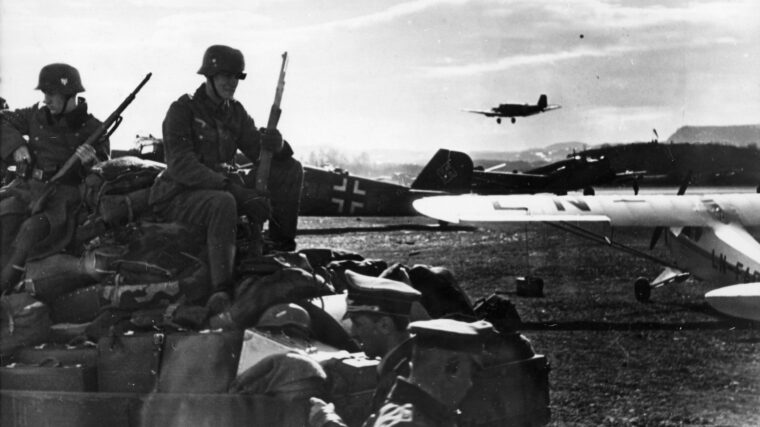
Assault on Oslo: The Naval Disaster in the Drøbak Strait
By Henrick O. LundeThe second week in April 1940 was a stormy period in the North and Norwegian Seas. The weather deteriorated during April 7, with low cloud cover and fog. Read more

The second week in April 1940 was a stormy period in the North and Norwegian Seas. The weather deteriorated during April 7, with low cloud cover and fog. Read more
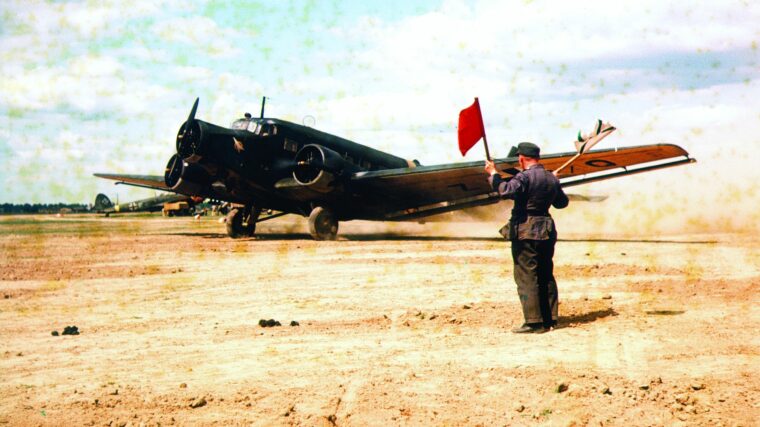
Shortly before dawn on May 20, 1941, a flight of 500 transport planes took off from seven airstrips on mainland Greece. Read more
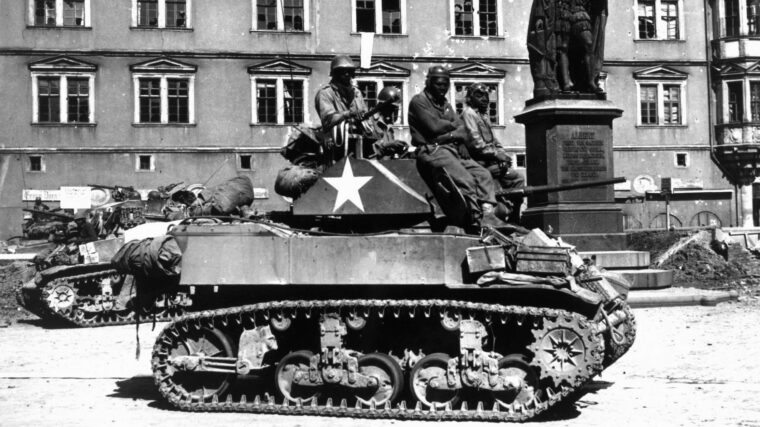
On July 26, 1948, President Harry Truman issued Executive Order No. 9981, which stated in part, “It is hereby declared to be the policy of the President that there shall be equality of treatment and opportunity for all persons in the armed services without regard to race, color, religion, or national origin.” Read more
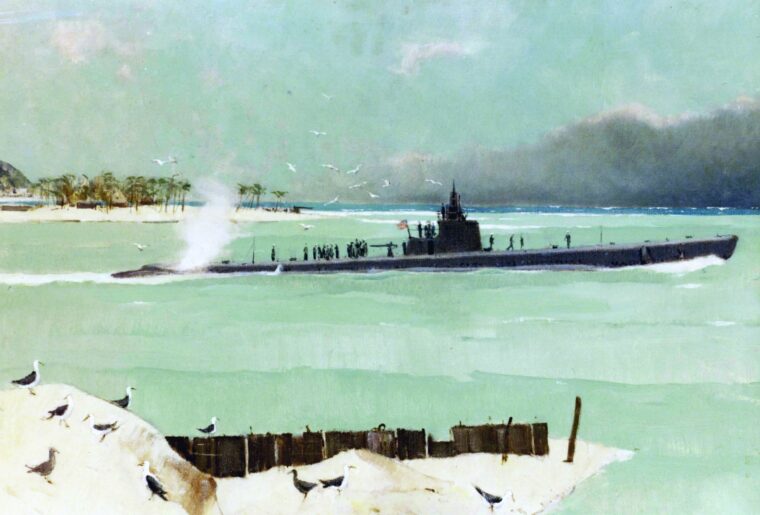
As soon as he arrived on the bridge of the submarine USS Dace, Lt. Cmdr. Rafael C. Read more

It’s a plain, old, pale yellow, three-story building in a small town (fewer than 20,000 inhabitants) north of Salzburg, Austria. Yet this architecturally unremarkable building stands in the center of a recent political firestorm. Read more
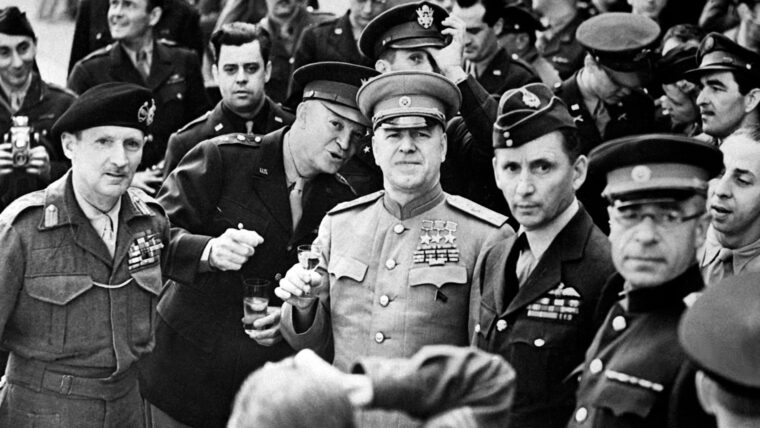
The Great Patriotic War, as World War II came to be known in the Soviet Union, provided the stage upon which Marshal Georgy Zhukov achieved lasting fame. Read more
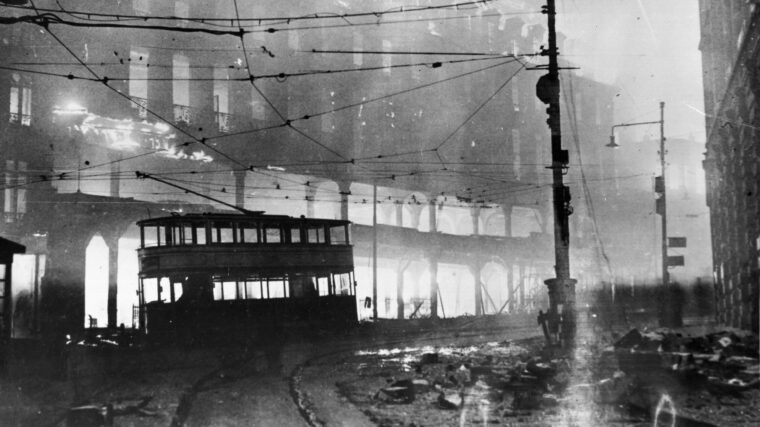
On the evening of August 7, 1937, two neophyte radio broadcasters went to dinner together at the luxurious Adlon Hotel in Berlin, Germany. Read more
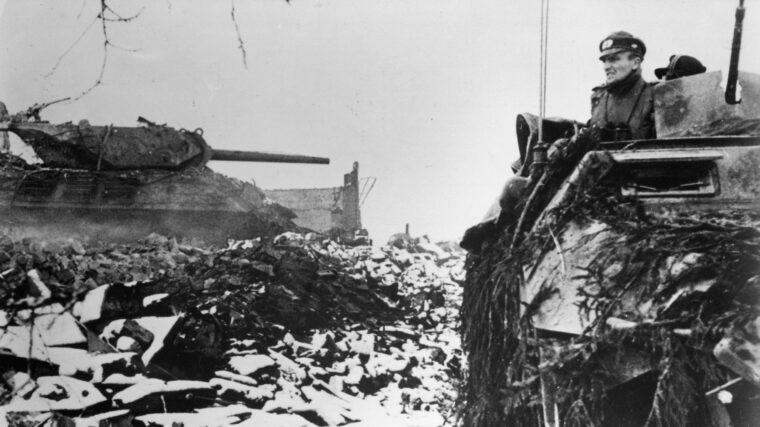
In December 1944, the Ardennes front or “ghost front” was an area where either veteran Allied units rotated in to rest and recover from terrible combat losses or where new, untested units arrived to gather some combat experience from the minor skirmishes that would occasionally flare up. Read more
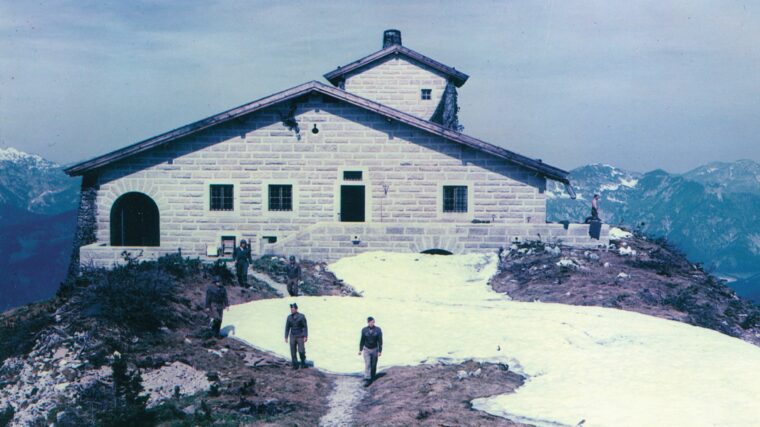
The swinging beams of searchlights and the wail of air raid sirens had preceded the crash of the guns. Read more
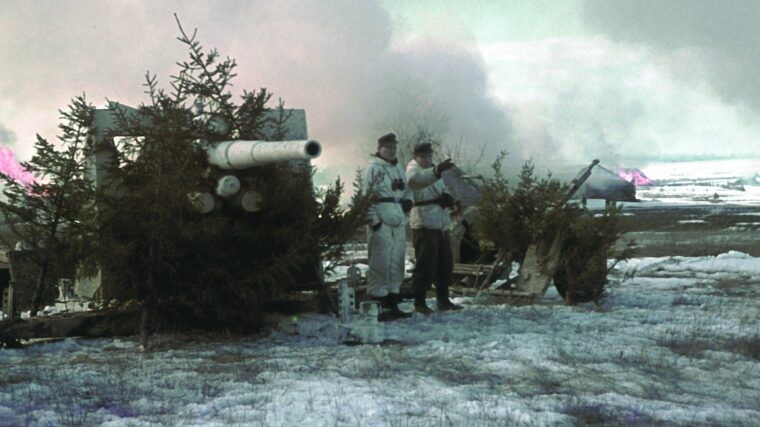
At first, it was all about the ore. Magnesium, iron, and manganese ore were the lifeblood of German industry, especially the armaments industry, which used the iron and manganese to produce steel for Hitler’s war machine. Read more
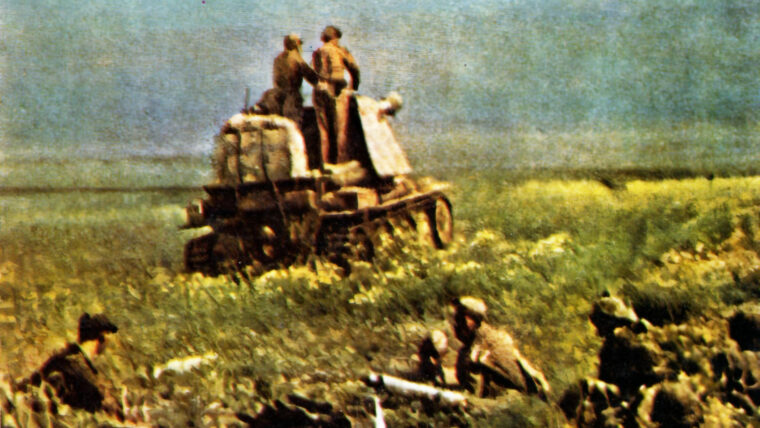
On the second day of Adolf Hitler’s bold invasion of Russia in June 1941, the Germans were confronted with one of their most glaring shortcomings in weapons and armament. Read more
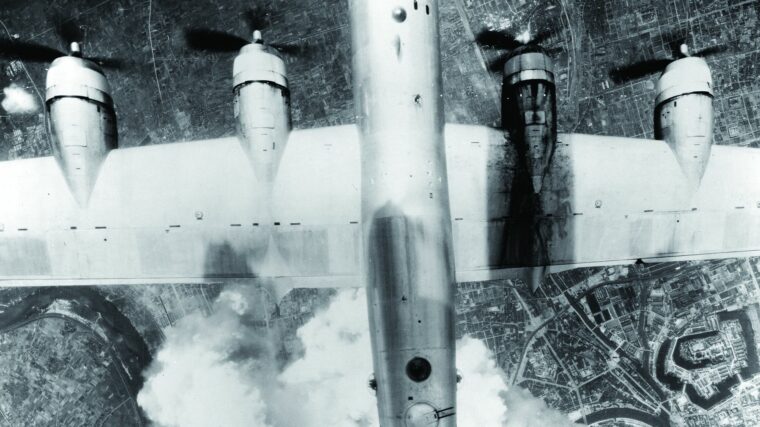
“I submit that it was the wrong decision. It was wrong on strategic grounds. And it was wrong on humanitarian grounds.” Read more
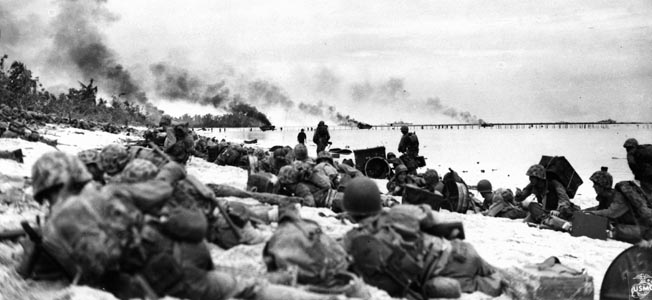
In the predawn hours of September 15, 1944, the official start of the two-month Battle of Peleliu, a powerful fleet of U.S. Read more
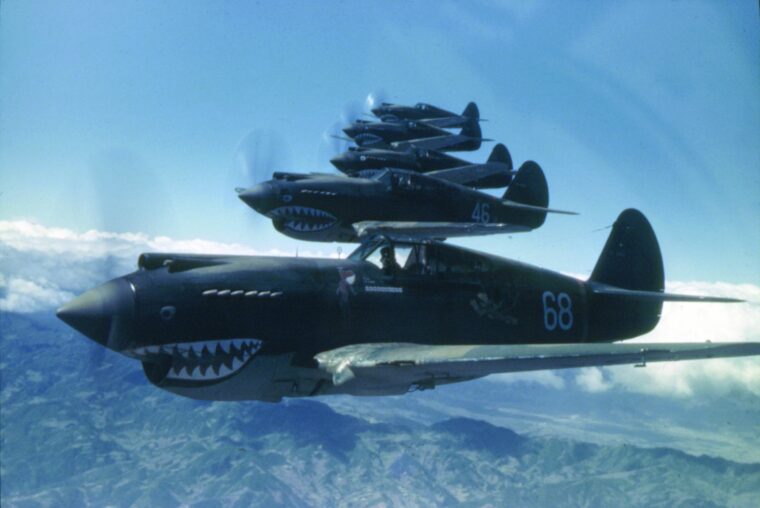
Laden with 500-pound bombs and incendiaries, 10 Japanese twin-engine Mitsubishi Ki21 Sally bombers took off from the Hanoi airfield in Indochina on the morning of Saturday, December 20, 1941. Read more
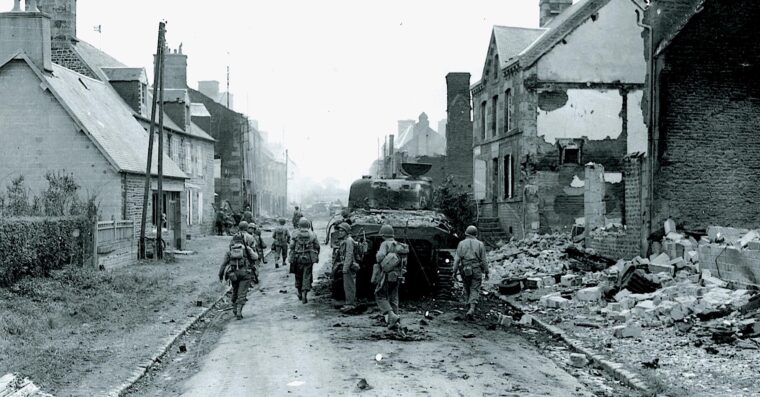
By the morning of July 27, 1944, General Omar Bradley’s First U.S. Army had won the “Battle of the Hedgerows” in Normandy and stood ready to break out to the south. Read more
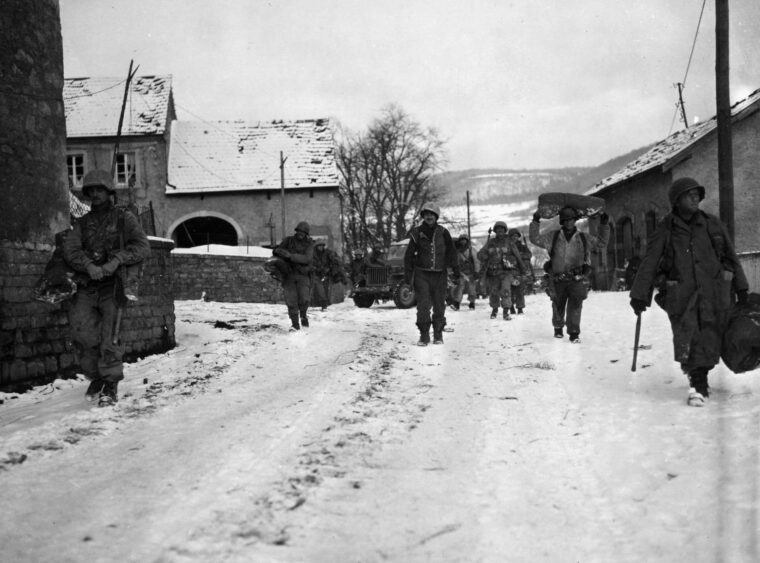
During the second week of July 1944 a young, sharp Lieutenant Goldstein of the 4th Infantry Division’s 22nd Infantry Regiment was told by his boss, Colonel Buck Lanhan, “Expect a special civilian, a big war correspondent is coming to visit us. Read more
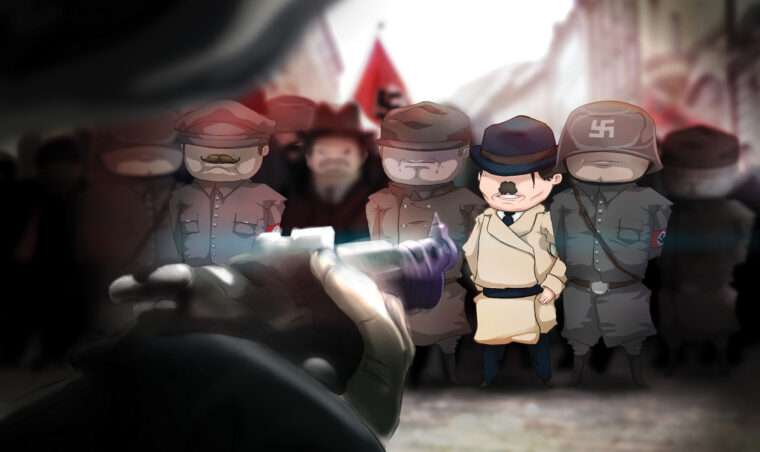
While we do our best to mix it up, most of what we; cover in these pages falls along similar folds. Read more
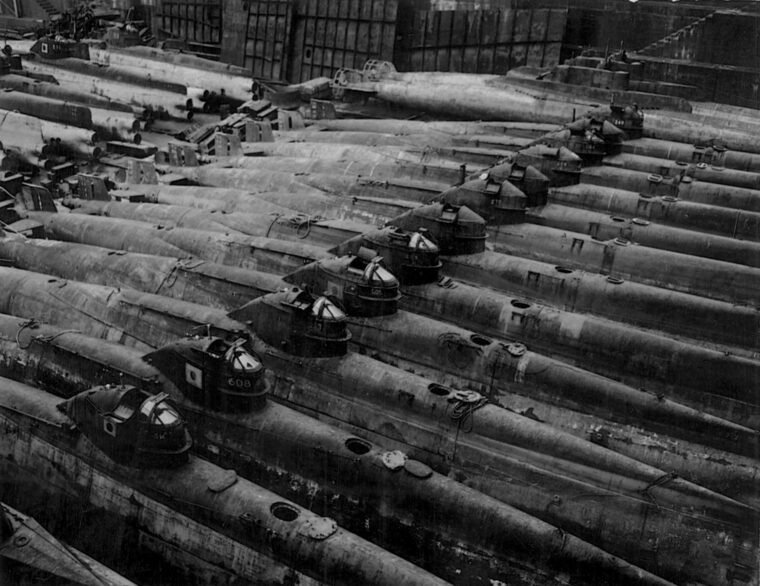
During the early hours of December 7, 1941, five midget submarinesof the Imperial Japanese Navy waited to enter Pearl Harbor, the anchorage of the U.S. Read more
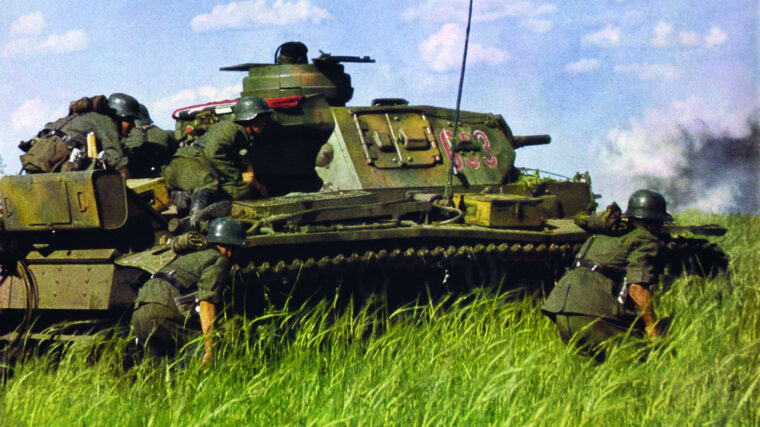
After crushing the first-line Soviet armies in brutal three-week cauldron battles at the border, the steamroller of German Army Group Center continued deeper into Soviet territory during the opening days of Operation Barbarossa, the invasion of the Soviet Union, which began on June 22, 1941. Read more
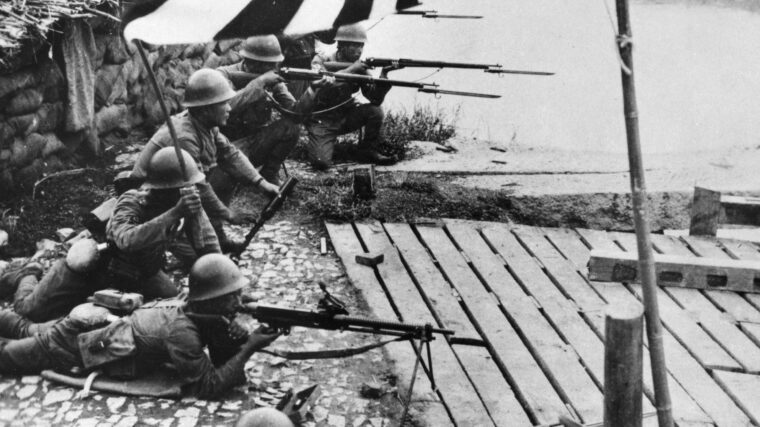
Around 10 o’clock on the morning of December 13, 1937, New York Times correspondent Hallett Abend received an unexpected visitor: Rear Admiral Tadao Honda of the Imperial Japanese Navy. Read more